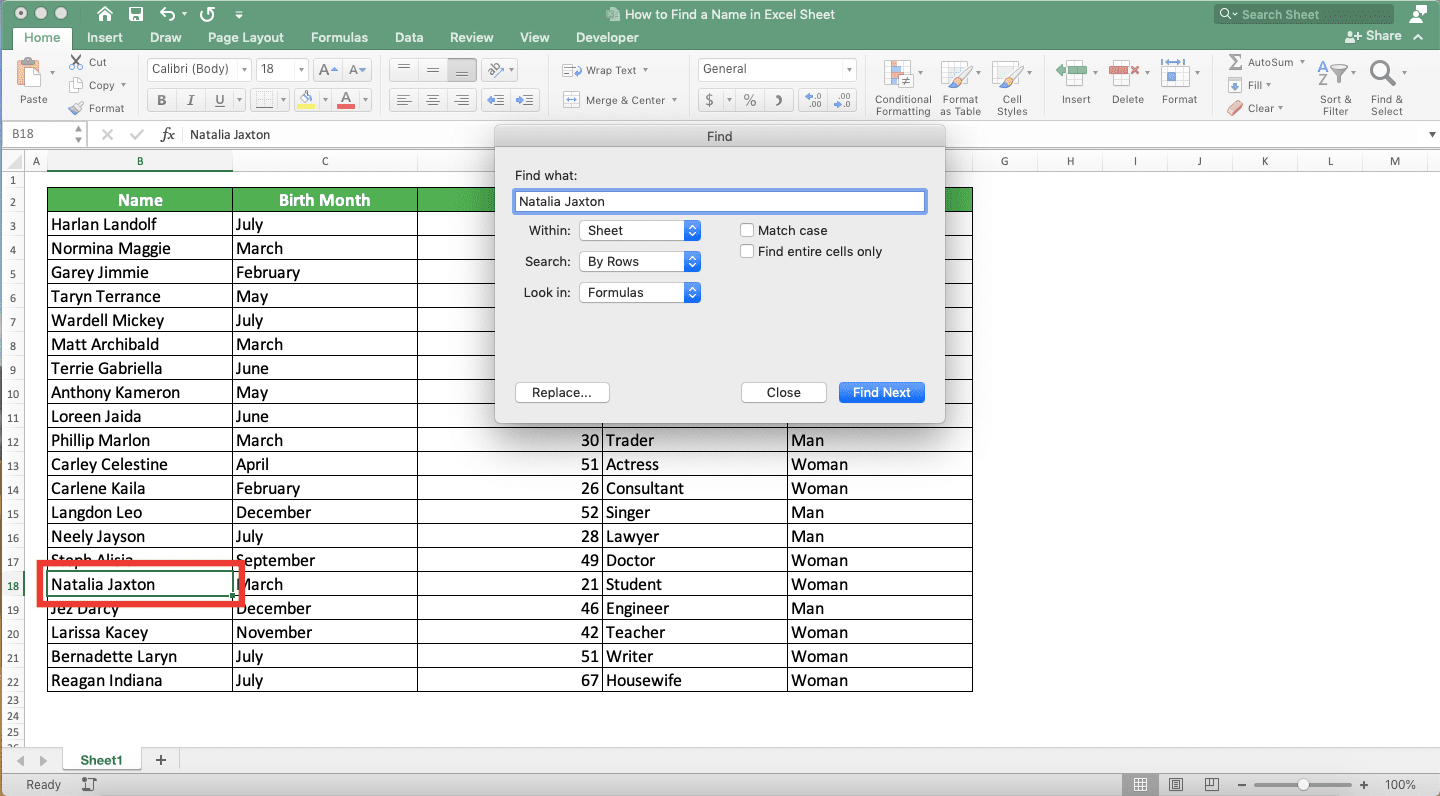Discover Excel Secrets: List Sheet Names Easily

Excel, a cornerstone in the realm of data analysis and office productivity, often poses challenges even to seasoned users. One frequent task that can confound users is listing all the sheet names in an Excel workbook dynamically. Whether for managing large datasets, creating a table of contents, or simply for organizational purposes, knowing how to list all sheet names can enhance your workflow significantly.
Understanding the Problem

Workbooks in Excel can have many sheets, and manually keeping track of them can be cumbersome. Imagine a scenario where you’re dealing with a workbook that has dozens of sheets, and you need to reference or reorganize them. Doing this manually is not only time-consuming but also prone to errors. This tutorial will guide you through several methods to list sheet names in Excel, making your work much more efficient.
Method 1: Using VBA (Visual Basic for Applications)

Visual Basic for Applications, or VBA, allows you to automate tasks in Excel by writing macros. Here’s how to list all sheet names using VBA:
- Open the workbook where you want to list the sheets.
- Press Alt + F11 to open the VBA editor.
- In the VBA editor, click Insert then Module to create a new module.
- Paste the following code into the module:
Sub ListSheetNames()
Dim ws As Worksheet
Dim i As Integer
i = 1
For Each ws In ThisWorkbook.Sheets
Cells(i, 1).Value = ws.Name
i = i + 1
Next ws
End Sub
This script will iterate through all the sheets in the workbook, writing each sheet name to the first column of the active sheet starting from row 1.
🛠️ Note: Ensure your macros are enabled in Excel to run this script.
Method 2: Formula Method

If you’re not comfortable with VBA, Excel offers formula-based solutions as well:
- Go to the sheet where you want to list all the names.
- Enter the following formula in cell A1:
=IF(EXACT(UPPER(SheetName),"YES"),"This Sheet Name",IF(COUNTA(B:B)=0,ROW(),""))
Now, the tricky part:
- Change
"SheetName"to the name of the sheet where you want the formula to list the names. If you're doing this on the same sheet, you can keep it as is. - This formula will generate a list of sheet names one after another:
Here's how it works:
- The
COUNTAfunction checks for any data in column B; if it's empty, it proceeds to list the name. - The
UPPERandEXACTfunctions ensure that the sheet name provided is correctly matched.
📝 Note: This formula will only work for the sheets up to 32,767 characters in names due to Excel's limit.
Method 3: Excel Power Query

Power Query, a tool within Excel, can dynamically list sheet names:
- Open Excel and go to the Data tab.
- Select Get Data > From Other Sources > From Workbook (choose your workbook).
- Select the workbook and click Open.
- In the Navigator pane, click on the workbook's name under Worksheets.
- Click Transform Data.
Within Power Query:
- Right-click on the column with the sheets, and select Remove Other Columns.
- Rename this column to "Sheet Name".
- Click on Close & Load to add this to your workbook.
Now, you have a table in your workbook that automatically lists sheet names:
| Sheet Name |
|---|
| Sheet1 |
| Sheet2 |
| Data Table |

🗃 Note: Power Query might need refreshing if new sheets are added after this setup.
This exhaustive journey through methods of listing sheet names in Excel shows how diverse tools within the software can be utilized for efficiency. From VBA scripts to formula-based solutions and the dynamic Power Query, Excel empowers users to streamline their data management tasks.
In summary, you've learned several ways to list sheet names in Excel:
- VBA Script: A quick macro to list names automatically.
- Formula Based: A formula method that's quick to set up if macros aren't enabled.
- Power Query: For those needing an always-updated list without macro intervention.
Each method has its unique benefits, allowing you to choose based on your proficiency level, the need for automation, and how frequently you update your workbook. Now, equipped with this knowledge, your Excel experience should become significantly more organized and productive.
Why would I need to list sheet names in Excel?

+
Listing sheet names can be useful for creating a table of contents, navigation, reporting, or ensuring data integrity across multiple sheets.
Can I list sheet names in Excel without using VBA?

+
Yes, you can use Excel formulas or Power Query to list sheet names without relying on VBA.
What if my workbook has more than 255 sheets?

+
While Excel limits the formula method to 32,767 characters, VBA or Power Query can handle any number of sheets.